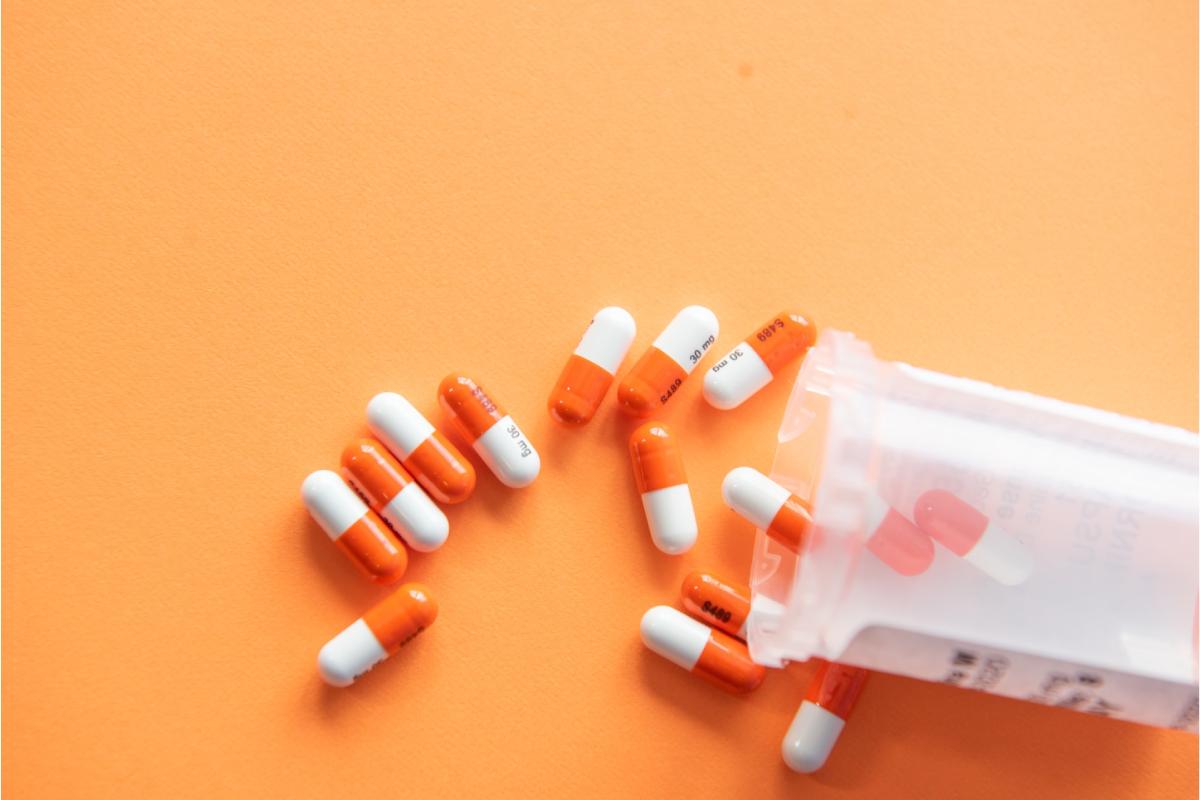The drugs that we take into our bodies act in a variety of ways to achieve their goals. They have the ability to repel pathogens or germs, as well as destroy abnormally developing cells in the case of cancer. Some medications either replace or encourage the creation of biological substances such as enzymes, hormones, vitamins, and minerals that are insufficient in the body.
Drugs, in general, change the way cells in the body work, which causes reactions in the body. So, how do these drugs work and what are the levels of their function? Let’s find out.
Table of Contents
What is Pharmacokinetics?
The term Pharmacokinetics originates from two ancient Greek words “pharmakon” which means “drug” and “kinetikos”, meaning “putting in motion”. In simple terms, it is the branch of pharmacology that deals with how the body reacts to drugs or foreign chemicals (xenobiotics). It refers to all the processes that take place from drug ingestion to elimination.
Components of Pharmacokinetics
For the process of pharmacokinetics to be complete, the drug has to go through four main phases. These phases are Absorption, Distribution, Metabolism and Excretion.
In drug research and development, pharma contract manufacturing companies consider these components to produce effective and safe drugs.
1. Drug Absorption
Drug Absorption is the process of drug movement from the site of administration to the site of action. This is the distribution of drugs into the bloodstream.
The rate of drug absorption depends on factors such as:
Route of drug administration: this could be oral, inhalational, rectal, topical, intravenous, intramuscular, subcutaneous, etc. The route of administration affects the bioavailability of the drug i.e the fraction of the drug that makes it to the body’s circulation. Intravenous drugs have more bioavailability because they are directly administered into the bloodstream.
Drug formulation factors: this refers to the chemical properties and the different dosage forms for administration. Examples of dosage forms are tablets, capsules, syrup, ointment, skin patches etc.
Interaction between drugs and food, other medications and the pH of the environment of the drug can also affect drug absorption.
2. Drug Distribution
Drug distribution is the release of drug molecules to the body tissues (i.e brain tissues, muscle and fat) from the systemic circulation. It can affect the delivery of drugs to the target or active sites, thus determining the efficacy or toxicity of a drug.
Factors that influence drug distribution could be drug-related or body-related.
The drug-related factors include lipid solubility, drug molecular size, tissue binding, regional pH etc.
The body-related factors include vascularity, transport mechanism, plasma binding proteins, blood-brain barrier and disease states.
3. Drug Metabolism
Drug Metabolism is the enzymatic biotransformation of drugs into metabolites for easy elimination. The major organ responsible for drug metabolism is the liver. It produces Cytochrome P450 (CYP450) enzyme which metabolises most drugs. Some other organs like the kidneys and lungs also produce small quantities of other metabolising enzymes.
Factors that affect drug metabolism include genetic variations, physiological factors like age which affects liver function, and enzyme inhibition or induction.
4. Drug Excretion
Drug Excretion involves the elimination of drug metabolites from the body. The kidney is the major organ for drug excretion. Other organs are skin, lungs, mammary glands and also biliary excretion. Factors such as renal dysfunction and age can affect drug excretion.

